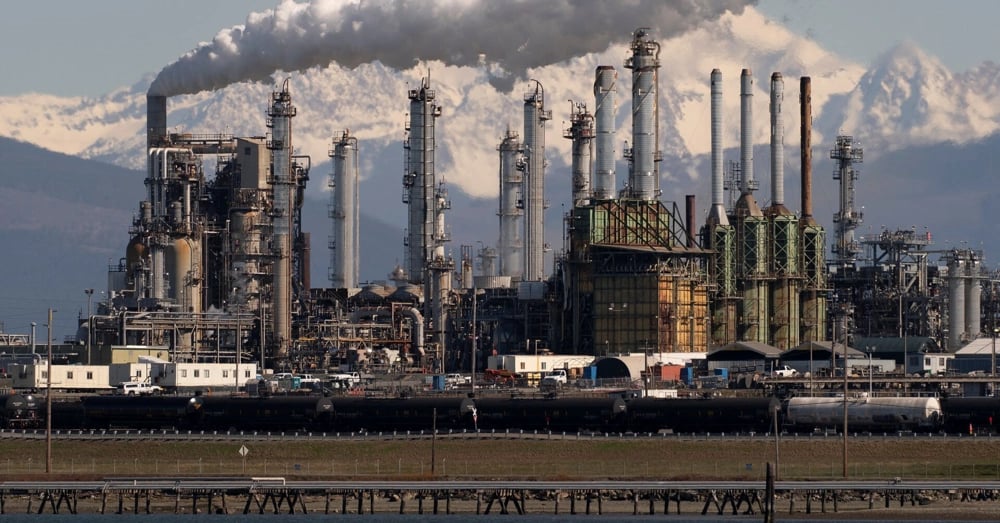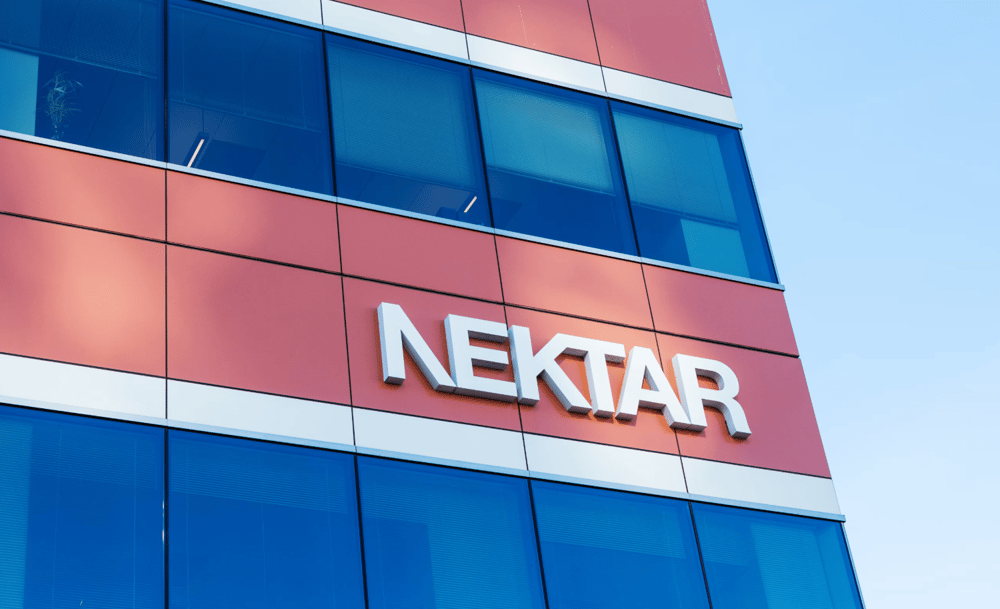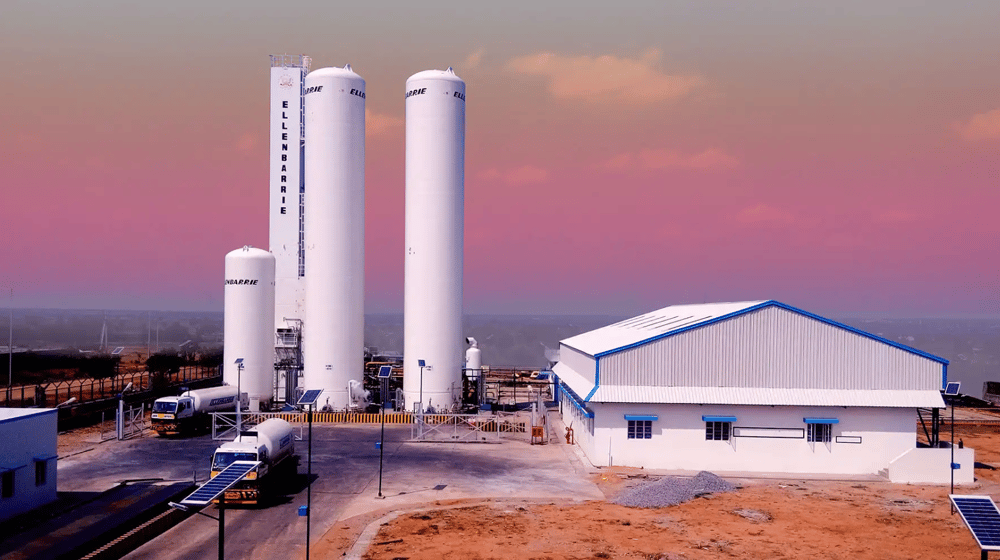Thyssenkrupp’s Transformation Ending the Era of Industrial Conglomerates
The management of Thyssenkrupp AG $TKA.DE has initiated a significant corporate transformation, aiming to shift from a traditional, fully integrated industrial conglomerate toward a holding company structure. This strategic pivot signals the formal conclusion of an epoch in German industry, as the business turns away from its historic roots in integrated steel and engineering operations.
Key Components of the Restructuring
Following a series of earlier divestment plans, Thyssenkrupp’s latest strategy involves separating its materials trading and automotive technology arms. These divisions will join the firm’s steel production and naval shipbuilding activities, which are already earmarked for future partial or complete disposals. The shift is overseen by CEO Miguel Ángel López Borrego, who was appointed to drive forward this in-depth reconfiguration.

Management’s Perspective and Rationale
According to the executive team, this approach leverages the autonomous potential of separate ventures, enabling each unit to pursue targeted investments, seize market openings, and realize further growth as independent entities. The transition to a holding company is designed to maximize shareholder value while making the group nimbler and more adaptable to rapid shifts in industrial demand and technological innovation.
Comparative Analysis of Market Trends
The move aligns with a broader European trend in which legacy conglomerates are breaking up to unlock value and sharpen competitive focus. Firms across multiple sectors are opting to streamline operations, divest non-core assets, and create agile businesses more capable of responding to sector-specific pressures. For Thyssenkrupp, decoupling is partly a response to volatile steel markets, evolving demand in industrial technology, and heightened shareholder scrutiny within Germany’s capital markets.
Core Implications for the Financial Markets
Corporate Efficiency — Decentralizing operations is expected to boost operational flexibility and optimize capital allocation.
Shareholder Value — The realignment may surface hidden value in underperforming units, potentially improving Thyssenkrupp’s valuation on the XETRA exchange.
Strategic Investment — Selection of focused investments could support stronger revenue streams in high-margin segments, particularly automotive technology and advanced engineering.
Competitive Dynamics — By fostering independent businesses, Thyssenkrupp positions itself to compete more effectively with both domestic and global sector leaders.
Industry Outlook — The dissolution of conglomerate models among DAX-listed firms mirrors shifting investor expectations for transparency, growth orientation, and market-responsive management.

Historical Context and Future Perspectives
Founded from the consolidation of Germany's Krupp empire, Thyssenkrupp’s dramatic overhaul marks a break from a legacy that intertwined steelmaking, armaments, and diverse engineering disciplines. The holding company structure represents both an adaptation to modern capital market realities and recognition of the transformative pressures reshaping European industrial titans. How successfully these newly independent units will navigate the evolving landscape remains a focal point for stakeholders, investors, and analysts monitoring the industrial sector.















Comments
We're seeing strategic capital flow directly into technologies that define the next digital era
A bold move like this could redefine not just Thyssenkrupp, but the whole landscape of German industry.